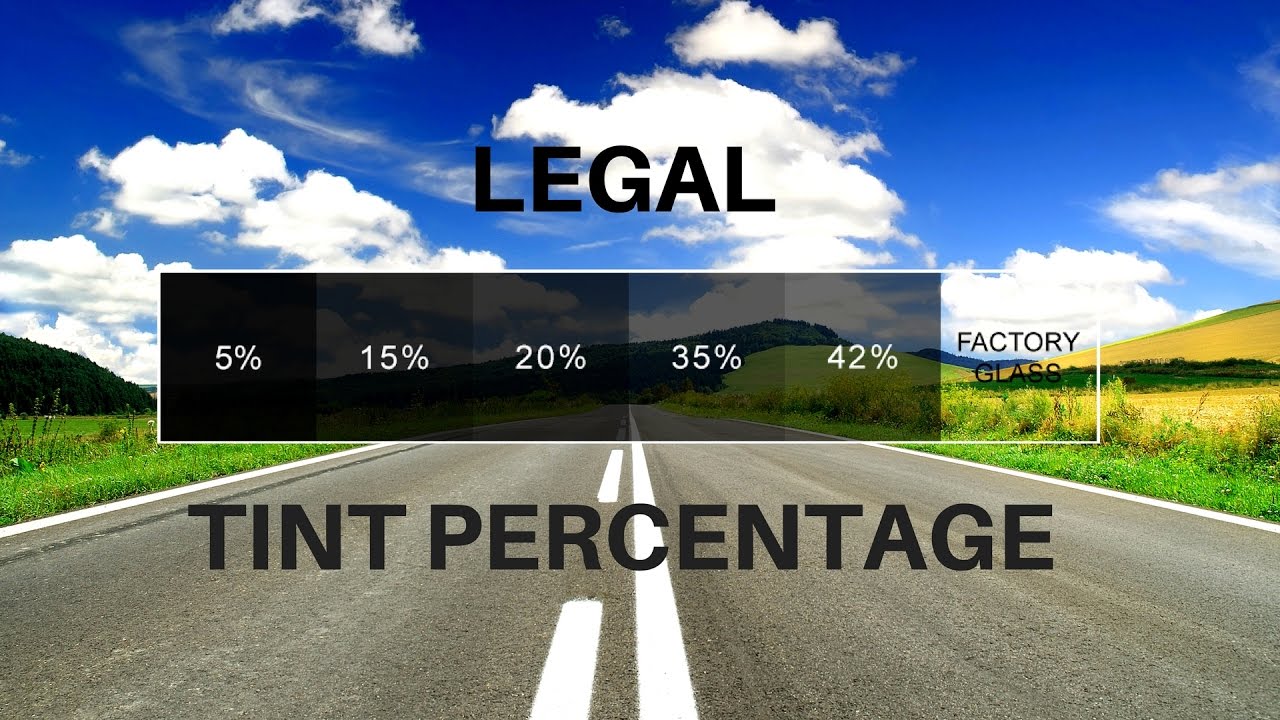What is the allowed tint level in Rhode Island?
In Rhode Island, the laws regarding window tinting are in place to ensure the safety of drivers and passengers, as well as maintain visibility on the roads. It is important for vehicle owners to understand the regulations set by the state to avoid any legal complications. This article aims to provide a comprehensive understanding of the allowed tint levels, guidelines, exceptions, and consequences related to window tinting in Rhode Island.
Understanding the law regarding tinted windows
The law regarding tinted windows in Rhode Island is governed by the Rhode Island General Laws, Title 31, Chapter 23, Section 31-23-57. This statute outlines the specific requirements for window tinting on motor vehicles in the state. It is essential for vehicle owners to familiarize themselves with these regulations to ensure compliance and avoid potential penalties.
Importance of complying with Rhode Island regulations
Complying with the window tinting regulations in Rhode Island is crucial for several reasons. First and foremost, it ensures the safety of drivers and passengers on the roads by maintaining adequate visibility. Additionally, adhering to these regulations helps vehicle owners avoid legal consequences such as fines, vehicle inspections, or even potential restrictions on their driving privileges. By following the laws, drivers can enjoy peace of mind while driving and avoid unnecessary troubles with law enforcement.
Maximum allowed tint percentage in car windows
In Rhode Island, the maximum allowed tint percentage for car windows varies depending on the type of window. The front windshield must allow no less than 70% of light to pass through, while the front side windows and rear windshield must allow at least 70% of light transmission. However, there are exceptions to these rules which will be discussed later in this article. It is important to note that any tinting film applied to the windows must not be reflective, as this can hinder the visibility of other drivers.
Rules for front windshield tinting in Rhode Island
According to Rhode Island law, tinting is not allowed on the front windshield, with the exception of a non-reflective tint strip along the top edge of the windshield. This strip must not extend more than 6 inches from the top of the windshield or below the manufacturer’s AS1 line. It is important to comply with this regulation to ensure clear visibility for the driver, especially during nighttime or adverse weather conditions.
Rear window tinting restrictions in the state
In Rhode Island, the rear windshield can be tinted as long as it allows at least 70% of light transmission. This regulation ensures that drivers have sufficient visibility through the rear window, avoiding potential accidents or hazards on the road. While tinting the rear window is permissible, it is important to ensure that the tint film does not obstruct the use of the rearview mirror.
Side window tinting guidelines in Rhode Island
For side windows, Rhode Island law permits a tint level that allows at least 70% of light transmission. This ensures that drivers have adequate visibility on both sides of the vehicle, enhancing safety while driving. It is crucial to adhere to this guideline to avoid any legal consequences.
Exceptions to the tinting regulations in the state
Rhode Island law allows for certain exceptions to the window tinting regulations. These exceptions include vehicles with tinted windows originally installed by the manufacturer, such as luxury vehicles or custom-made cars that meet specific requirements. Additionally, individuals with a medical condition requiring limited exposure to sunlight may apply for an exemption with proper documentation from a licensed medical professional.
Consequences of violating tinting laws in Rhode Island
Violating the window tinting laws in Rhode Island can result in penalties. The specific consequences may vary depending on the severity of the violation, but they can include fines, points on the driver’s license, mandatory removal of the tint film, or even potential vehicle inspections. Vehicle owners should be aware that law enforcement officers in Rhode Island have the authority to issue citations for window tint violations, and it is the responsibility of the driver to address and rectify any non-compliance.
Safety considerations when tinting car windows
While window tinting can provide several advantages, it is important to prioritize safety when making decisions about tint levels. Excessive tinting can significantly reduce visibility, especially at night or in low-light conditions, which can lead to accidents or other hazards. Vehicle owners should consider striking a balance between aesthetics and safety when selecting the tint percentage, ensuring adequate visibility for themselves and other drivers.
Advantages and disadvantages of window tinting
Window tinting offers various advantages, such as reducing glare from the sun, protecting the interior of the vehicle from UV rays, and providing privacy for the occupants. However, it is essential to consider the potential disadvantages as well. Excessive tinting can hinder visibility, affect the functionality of electronic devices like GPS or toll transponders, and in some cases, even impact the resale value of the vehicle. Vehicle owners should carefully weigh these factors before deciding to tint their windows.
Seeking professional help for window tinting compliance
To ensure compliance with Rhode Island regulations and avoid potential legal complications, it is advisable to seek professional help when tinting car windows. Professional window tinting service providers are knowledgeable about the state laws and can guide vehicle owners in selecting the appropriate tint level that meets both legal requirements and personal preferences. By consulting professionals, vehicle owners can make informed decisions and ensure their windows are compliant with the law.





